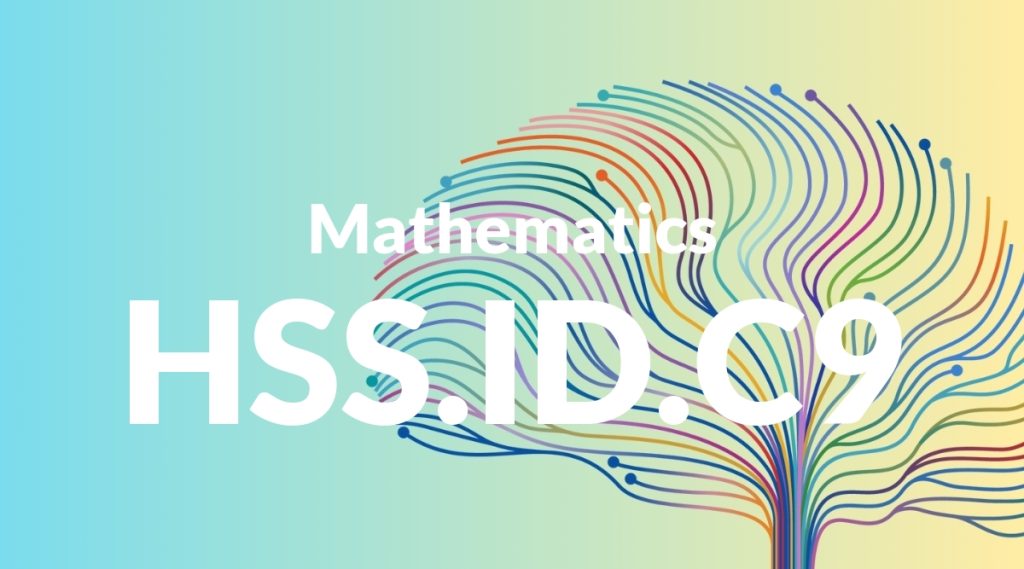Standard: HSS.ID.C9 – Distinguish between correlation and causation.
Grade level: High School: Statistics & Probability
Subject: Mathematics
Domain: Interpreting Categorical & Quantitative Data
Teacher Overview
This standard focuses on helping students distinguish between correlation and causation, a critical skill in data interpretation. Understanding this distinction is vital for making informed decisions based on data and for evaluating the validity of research findings. Students should be comfortable with basic statistical concepts and graph interpretation. They should also understand variable relationships and basic experimental design.
Students will develop the ability to critically analyze data and research, understanding the nuances of statistical relationships and their implications in various real-world contexts.
Common Misconception 1
A common misconception is that correlation implies causation. This is incorrect because correlation only indicates that two variables are related, not that one causes the other.
Intervention 1
Use case studies and controlled experiments to show the difference between correlation and causation. Encourage students to ask critical questions and seek additional evidence.
Common Misconception 2
Another misconception is that no correlation means no relationship. This overlooks the possibility of non-linear relationships or hidden variables.
Intervention 2
Introduce examples of non-linear relationships and discuss the concept of confounding variables. Use visual aids and interactive activities to highlight these complexities.
Prerequisite Knowledge
Students should have a basic understanding of statistical terms such as mean, median, mode, and range. They should also be familiar with constructing and interpreting graphs and charts, as well as understanding the concept of variables.
Subsequent Knowledge
After mastering this standard, students will be able to critically evaluate research studies and data presentations, make informed decisions based on data analysis, and understand the implications of statistical findings in various fields such as science, economics, and social studies.
Instructional Activities
- Conduct a classroom experiment where students collect data and analyze for correlation and causation.
- Analyze case studies from health, economics, and social sciences to identify correlations and potential causations.
- Use statistical software to visualize data and explore relationships between variables.
- Engage in group discussions and debates on real-world examples of correlation vs. causation.




